
How Green is Your Blue Denim? Here’s How to Conciously Choose a Sustainable Fabric!

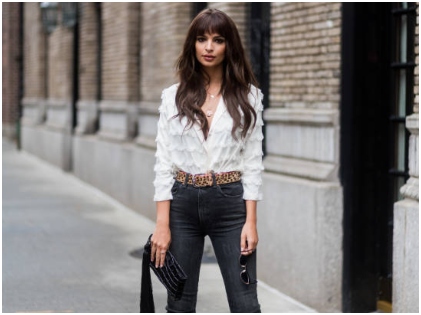 While the pandemic made us bring out our comfort clothing and never quite stop wearing them, read, sweatpants, and more sweatpants, there’s a staple which we are not willing to give up as yet, yes we mean our favorite pair of blue denim. At least 10,850 liters of water and harmful chemicals make denim. No wonder there are about 4.5 bn pairs sold around the world every year. But is the love for your favorite pair of denim is sustainable at all?
While the pandemic made us bring out our comfort clothing and never quite stop wearing them, read, sweatpants, and more sweatpants, there’s a staple which we are not willing to give up as yet, yes we mean our favorite pair of blue denim. At least 10,850 liters of water and harmful chemicals make denim. No wonder there are about 4.5 bn pairs sold around the world every year. But is the love for your favorite pair of denim is sustainable at all?
Conventional cotton is what is used to make a pair of jeans. However, many pesticides and fertilizers are used to make cotton grow. Not to forget synthetic dyes too. Jeans are washed several times to get the right shade and to get the right shade. You need to add more dyes, making it an ecological nightmare of sorts. However, all is not lost. If you combine your love for denim with your love for all things ecological, here is what you need to do.
Organic and Natural Fibres Are the Only Way to Go
Organic cotton uses about 91 percent less water from freshwater or groundwater sources. And this makes it a more sustainable way of utilizing conventional cotton for clothing.
Other plant fibers work, such as lyocell or hemp, which are the other environmentally friendly options. Look for jeans that are as close to the natural fiber as possible, and hence it will be useful for recycling. So, ensure most of the fabric is plant-based.
Stylish But Still a No-No
Stretch denim is a favorite of most people who love to make their denim stylish yet comfortable. However, it is a mixture of cotton and polyester and isn’t the best bet as it may be difficult to recycle. Also, when you wash the polyester, it releases harmful microplastics when washed. Several popular brands, such as Stella McCartney, are coming up with great eco-friendly versions, using biodegradable stretch denim using plant-based fibers. Their version has been a collaboration with the denim company Candiani. Here’s hoping that the sustainable versions are affordable too.
Safer Treatment Processes
Jeans look best when they have a distressed look about them. But what looks stylish can also prove costly for the environment as it pollutes waterways. Therefore look for jeans that are an endorsement by the Bluesign or Standard 100 by OEKO-TEX. It enforces the idea of chemical-free processing.
Select a denim brand that follows some basic ecological rules as less water dyeing and treatment techniques. Save-blue dyes can use a lot less water, as low as 87.5 percent of water in the dyeing process than the other processes. The latest techniques ensure you can make denim with significantly less energy and chemicals. A little research can help you find the brand that ticks all the sustainable boxes.
Vintage is Cool and Eco-friendly
We know there’s a lot of denim out there, and while buying a first-hand pair of jeans entices most shopaholics, or should we say denim-a-holics, you can always opt for second-hand or a vintage pair of jeans. Choosing a pair of vintage jeans will mean you choose a more planet-friendly pair.
Buying countless pairs of jeans can only mean you are increasing the carbon and water footprints by almost 20 to 30 percent, which would also increase the upcycled pieces. Well, since denim is one of the most hardest-working fabrics. It is just right for workwear. Also, there are just so many pairs in different price brackets. It might surprise you for sure!
Extend the Lifespan of Your Jeans
Take ample care of your jeans, which means you will not wash them a little too often. This way, you will save more water and reduce microplastics. Wash it only when it is too dirty. You increase the shelf-life of your jeans when you wash them a little less and take care of them a little more.
Also, stop throwing out your old pairs, you can not only make them last longer, but you can also use them in different ways. Once you wear your pair to death, you can make many more things with it, napkins, headbands, rugs, bags, and more. So, there you go. You can go on and make your pair of jeans stylish and sustainable too.
More in Business & Investments
-
`
The Sky’s the Limit: Qantas Aims for Ultra-Long-Haul Records
Long-haul flights are making a grand return, signaling the optimism among airlines that international travel is on the rebound post the...
December 2, 2023 -
`
WWE SmackDown to Make a Comeback on USA Network in 2024
In a surprising twist, WWE’s Friday night staple, “SmackDown,” is bidding farewell to Fox and heading back to its old stomping...
November 24, 2023 -
`
Why Women Face Higher Out-of-Pocket Health Expenses
In healthcare, disparities persist, and a recent report from Deloitte underscores a significant financial gap between working women and men in...
November 18, 2023 -
`
Elon Musk vs Bill Gates: The Clash of Titans
In the realm of the world’s wealthiest individuals, a simmering rivalry has been captivating public attention. It’s not a clash of...
November 7, 2023 -
`
The Power Of Disconnecting
In our digitally driven age, where smartphones, tablets, and laptops have become extensions of ourselves, disconnecting might seem daunting. However, the...
October 31, 2023 -
`
JCPenney’s Bankruptcy: The End of an Era
JCPenney filed for bankruptcy in a move echoing the struggles of many retailers in the wake of the COVID-19 pandemic. This...
October 26, 2023 -
`
Reasons Why You Need a Financial Plan
Financial planning is not just for the wealthy or those nearing retirement. It’s a crucial tool for anyone seeking financial security...
October 19, 2023 -
`
How Brad Pitt Spends His Millions All Over the World
Brad Pitt, the charismatic Hollywood superstar, has left an indelible mark on the silver screen and made an impact in the...
October 10, 2023 -
`
Gen Z’s Posh Palate: The Unexpected Rise of Caviar Culture
Amid the backdrop of a digital era buzzing with viral dances, e-sports, and niche memes, there emerges a peculiar plot twist:...
October 7, 2023



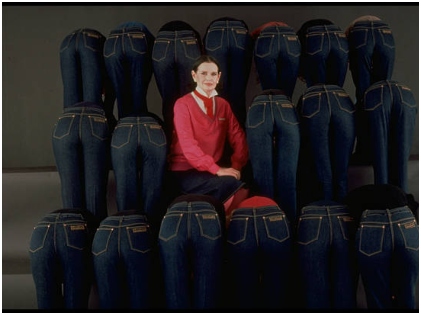
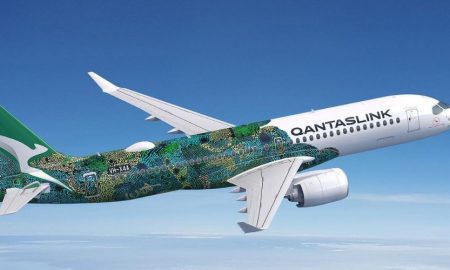





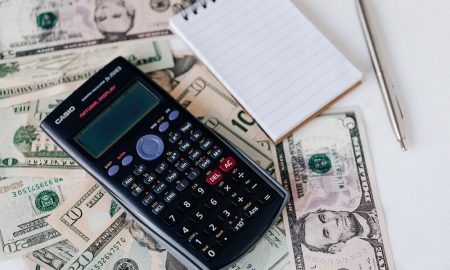

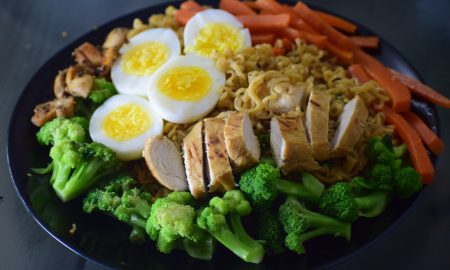
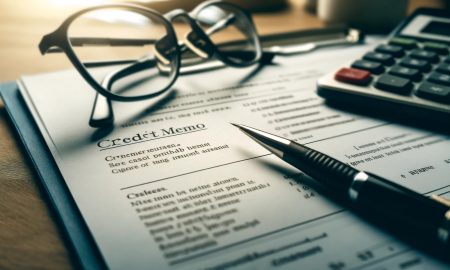




You must be logged in to post a comment Login